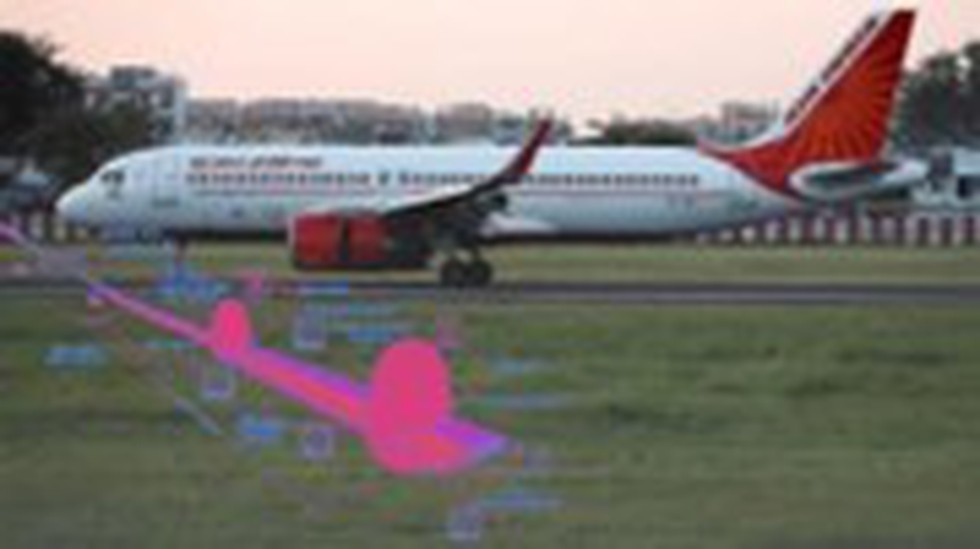On the morning of January 14, 2024, Delhi airport experienced disruptions with over 100 flight delays, 10 diversions, and some cancellations due to dense fog causing low visibility conditions.
Seasonally, this scenario unfolds at Delhi and various other airports across the country during winter. Frustrated passengers often find themselves stranded for extended periods, waiting for flight operations to resume normalcy amidst challenging weather conditions.
In the midst of this, it’s worth exploring how, despite near-zero visibility challenges, flights globally manage to land and take off safely. Dense fog, characterized by suspended water droplets near the ground, poses a significant hindrance to aviation, necessitating the use of instruments like the “Instrument Landing System” (ILS) for navigation in obscured surroundings.
The ILS, a standard International Civil Aviation Organisation (ICAO) precision landing aid, offers accurate azimuth and descent guidance signals for landing on runways during adverse weather conditions. It functions in conjunction with ground-based equipment and avionic components on aircraft, providing precise guidance to pilots during critical phases of approach and landing. This system proves crucial, especially Category 3 (CAT III), which supports landing operations in low visibility conditions, thereby enhancing flight safety and operational efficiency.
Currently, airports in India, including Delhi, Amritsar, Jaipur, Lucknow, and Kolkata, utilize CAT IIIB technology. However, the absence of pilots or ILS technology can result in extensive delays and cancellations. Additionally, implementing the technology requires significant financial and logistical investments, making it an unrealized prospect at numerous airports across the country.
The CAT system, consisting of the localizer and the glide slope, facilitates safe landings by transmitting radio signals that help pilots align their aircraft with the correct runway and maintain the proper descent path. The localizer guides lateral alignment, steering the aircraft along the correct azimuth toward the runway centerline, while the glide slope provides vertical guidance, assisting pilots in maintaining the appropriate descent angle for a safe landing.
ILS-equipped runways feature ground-based transmitters emitting signals received by the aircraft’s onboard ILS receiver. As the aircraft approaches the runway, pilots use visual and audible cues from the ILS to make real-time adjustments, ensuring alignment with the desired glide path. In essence, this technology significantly enhances aviation safety and operational reliability, enabling precise landings in conditions that would otherwise pose considerable risks.
